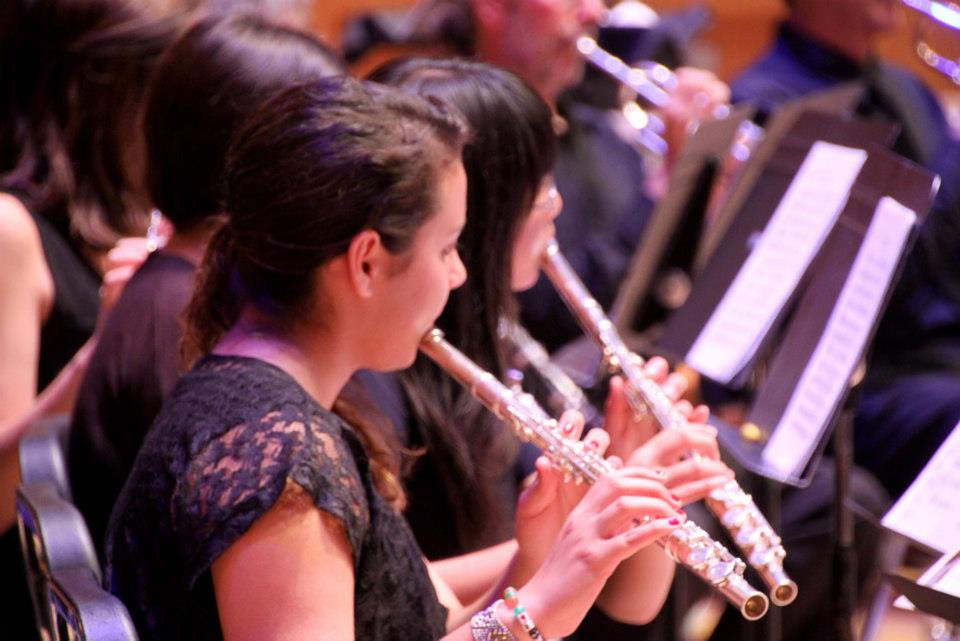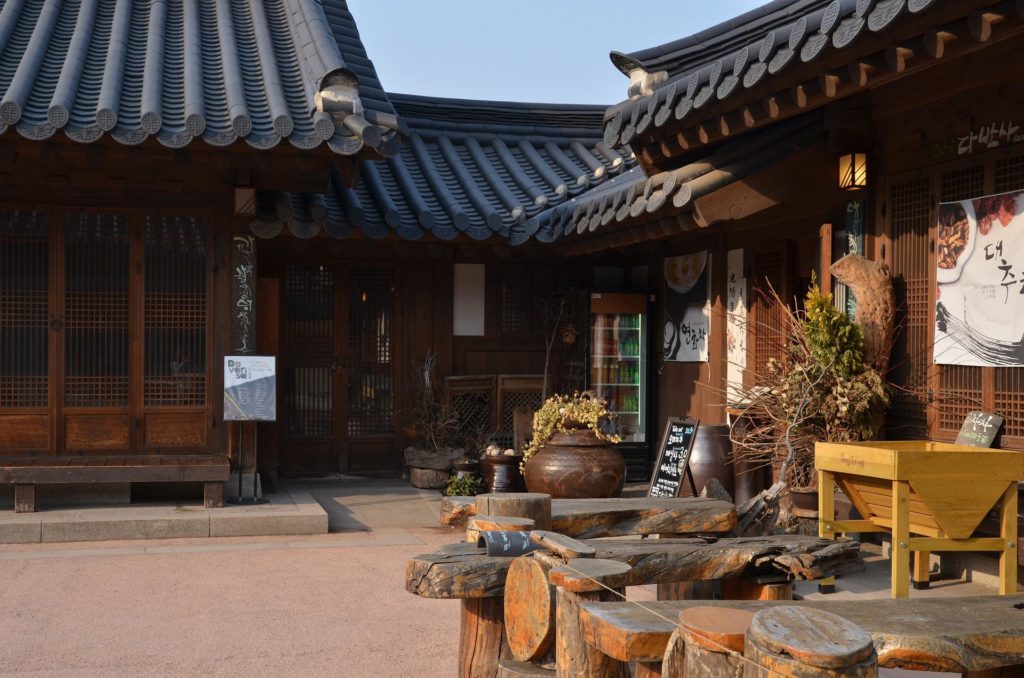Last week, I was sharing the elevator with an older Asian gentleman, and in broken English he asked me: “Are you Korean?” “Nope!” I cheerfully replied. He then asked if I was Filipino, Vietnamese, or Chinese, and when I continued to chirp the negatory, he gave up, and I kindly informed him that I was Taiwanese-American.
I honestly can’t remember how many times I’ve been through this type of interaction, but I can say that only two people have ever successfully identified my Taiwanese ancestry on the first try (At least, when I’m present. I’m sure others have and just haven’t told me or said anything aloud). Some of my friends who try to be good allies think this is offensive, because it erases my personal Taiwanese-American experience and implies Asians are a monolith. To me, it may be slightly annoying, because I don’t want the Ethnicity Guessing Game to be the first thing I engage in with a new person. But in general, I think it’s kind of funny, especially in this case, when I had just finished a recording session that involved a Korean art song.
Now, maybe it’s different in other places, but in my experience as an American classical musician, engaging in Korean art music is extremely unusual. And that’s not surprising: the stereotype that ‘all classical music is written by dead white guys’ exists for a reason. Even the Korean classical singers I know who study abroad in the States don’t really associate themselves with Korean music. But for me? It’s fascinating. I love all of it. And I love learning more about it.
So, I want my next series on this blog to explore how I found Korean art music, how I’ve learned it, what I think of it, and how it’s influenced me. Maybe it’ll get technical; maybe it’ll be a place where I unpack thoughts about my own ‘Asian-ness’ and internal identity. But, let’s start with simply how I found Korean music.
The Origin Story
Technically, it started in high school, though I didn’t know it at the time.

As a sophomore, I started playing in the local youth symphony, and I became friends with one of my fellow flutists, whom I’ve nicknamed Roomie Queen. She was from the boarding school a forty-five minute drive south, but she studied with the same teacher as me, so we ran into each other at studio recitals as well as symphony rehearsals. She hailed from Korea, was (and still is) the most amazing and inspirational polyglot I know, and we both ended up going to undergrad at UC Davis. As high school passed, we became pen pals and occasional boba buddies, and promised that we’d room together for at least one year in undergrad (hence, Roomie Queen. That is legitimately my nickname for her, not just for the purposes of this blog post).
Fast forward three years. Roomie Queen and I are both juniors now, and after my first year in the dorms and my second year as an RA, we finally room together. Our schedules don’t really line up, and our friend groups are separated by our respective majors, but we chat whenever we’re home together and occasionally cook for each other.
In spring quarter (UC Davis is on quarter-system), I take a music theory seminar with a Korean professor, Dr. Jean Ahn. An amazing composer as well as a professor, Dr. Ahn mentions her long-term project to create contemporary settings of Korean folk-songs and publish them in the States for conservatory singers to learn. My ears perk up at this, as I’m always looking for music ‘Off the Beaten Path,’ and I ask Dr. Ahn if I could possibly learn and perform some of her folk-song settings for my senior recital the following year. Blessed Dr. Ahn says yes, even though the sheet music is currently unpublished. She still gives all five songs to me, along with some then-unpublished demo recordings, and I get to choose which ones I’ll add to my recital. I think all of them sound absolutely amazing, but as I’m supposed to fulfill standard requirements for my senior recital (ie, songs in French, German, Italian, and English from various time periods), I don’t have the time to fit them all. I reluctantly select two (which eventually gets cut to one) and add it to my growing recital setlist over the summer.
Senior year begins. Roomie Queen and I have moved apartments, but we still live together. Meanwhile, I enroll in an Ethnomusicology class, which is required for my music major. For the class’s final project, I’m supposed to do some kind of fieldwork (ie, an interview and research paper) concerning an area of non-Western music, and I have no idea what I’ll do. To procrastinate, I go with a friend to a Shinoskey Noon Concert: specifically, an hour-long, free recital featuring Soo-Yeon Lyuh on the haeguem.
To be honest, I’m not in love with a lot of the music on the program. It’s all ‘new music,’ which is, at this point, something that I haven’t grown to love yet. But when I hear the haegeum, the Korean two-string fiddle, I’m an inch away from crying. I’ve heard the erhu before, which is the Chinese two-string fiddle, and I think it sounds pretty enough. But the haegeum’s reedier, almost nasal timbre feels like it’s ripping out my heart.
As soon as the day is over, I rush home and tell Roomie Queen that I’m officially in love with the haegeum. She wears an ectastic smile and puts a hand over her heart.
“In my culture, haegeum is like crying,” she says. “My throat goes tight whenever I hear it.”
She pulls me over to the Korean, Hangul-filled part of YouTube I didn’t even know existed and we fall down a rabbit-hole of Korean traditional music. I learn that she used to perform traditional Korean music herself, as a percussionist. She shows me which kinds of traditional genres haegeum is used in, and then we go on a tangent and she shows me other kinds of traditional genres, like p’ansori.
I suddenly know what my final project will be on for my Ethnomusicology class. And, more importantly, my love for Korean music begins to bloom.
~~~
Life is never as clean-cut and organized as it could be, and likewise, you can see there are two things happeningly simultaneously here. First, there’s my journey with Dr. Ahn’s folk-song settings, and second, there’s my foray into the haegeum and Korean traditional music. These two stories weave in and out of each other with surprising (or perhaps unsurprising) frequency, so things may get messy going forward. But, I hope you still join me on this journey!


This Post Has One Comment
不知道说啥,开心快乐每一天吧!